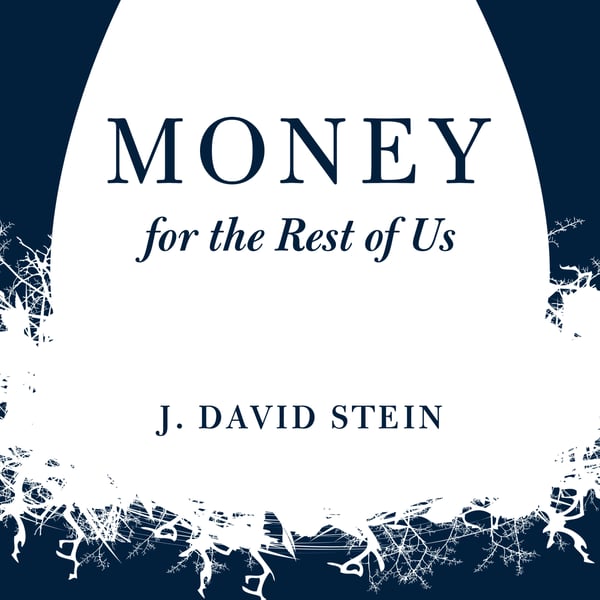Plus episode excerpts: ETF Size, the Long-term Impact of QE, and Stock Market Inelasticity
Money For the Rest of Us
J. David Stein
4.3 • 1.3K Ratings
🗓️ 2 October 2024
⏱️ 29 minutes
🧾️ Download transcript
Summary
This week on the podcast, we share excerpts from Plus episode 484 on ETF size and the impact of QE, as well as Plus episode 493 on stock market inelasticity.
You can learn more about Money for the Rest of Us Plus here.
Insiders Guide Email Newsletter
Get our free Investors' Checklist when you sign up for the free Money for the Rest of Us email newsletter
Our Premium Products
See Privacy Policy at https://art19.com/privacy and California Privacy Notice at https://art19.com/privacy#do-not-sell-my-info.
Transcript
Click on a timestamp to play from that location
| 0:00.0 | Welcome to money for the rest of us. This is a personal finance show on money, how it works, how to invest it, and how to live without worrying about it. |
| 0:10.0 | I'm your host David Stein, and this week we have a bonus episode. |
| 0:13.8 | For almost 10 years we've been running a premium membership community called |
| 0:17.9 | Money for the Rest of Us Plus to help members invest with confidence and manage lasting wealth. |
| 0:24.0 | As part of that service, we provide a weekly premium podcast called Plus Episodes where we |
| 0:28.9 | answer member questions and once a month share the audio version of our monthly investment conditions and strategy report. |
| 0:37.0 | We have almost 500 plus episodes now, and this week on the podcast we wanted to share excerpts from two recent Plus episodes. |
| 0:45.6 | First, we discuss what degree the size of an EDF or mutual fund or the size of the fund sponsor matters. |
| 0:54.0 | Is that something we should pay attention to when investing? |
| 0:57.0 | Next we take a look at the impact of quantitative easing |
| 1:01.0 | and quantitative tightening on the amount of money in the system, how |
| 1:05.4 | QE impacted inflation, how it impacted home prices and the stock market. |
| 1:11.6 | As a review, quantitative easing is when a central bank purchases government bonds and other |
| 1:16.4 | assets in the secondary market. |
| 1:18.9 | Finally, we will look at something called the inelastic market hypothesis, which seeks to explain why the stock market is so much |
| 1:26.3 | more volatile than underlying changes in fundamentals such as realized and expected corporate profits. |
| 1:33.0 | I hope you enjoy this preview of what we share each week on Money for the Restless Plus, |
| 1:39.0 | our Companion Podcast to the Weekly Free Podcast. You can learn more about Plus membership at money for the rest of us.com. |
| 1:48.0 | Let's turn to a member's question. They were wondering to what degree, if any, a fund's total asset size |
| 1:57.4 | and the fund family, whether that makes a difference. |
| 2:01.0 | He gives the example, assuming two EDFs are well over, let's say, makes the |
| 2:05.0 | example, assuming two EDFs are well over, let's say, $75 million, so enough that the EDF is |
... |
Please login to see the full transcript.
Disclaimer: The podcast and artwork embedded on this page are from J. David Stein, and are the property of its owner and not affiliated with or endorsed by Tapesearch.
Generated transcripts are the property of J. David Stein and are distributed freely under the Fair Use doctrine. Transcripts generated by Tapesearch are not guaranteed to be accurate.
Copyright © Tapesearch 2025.

